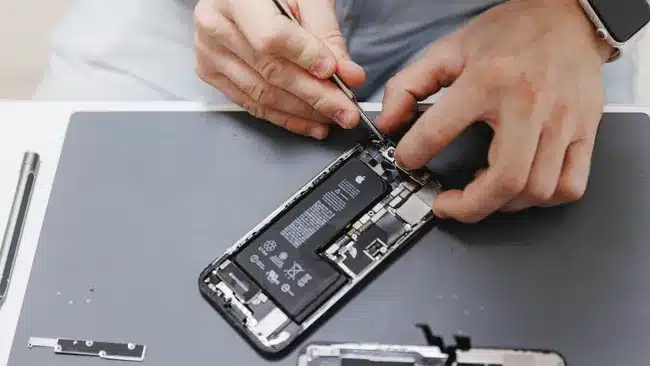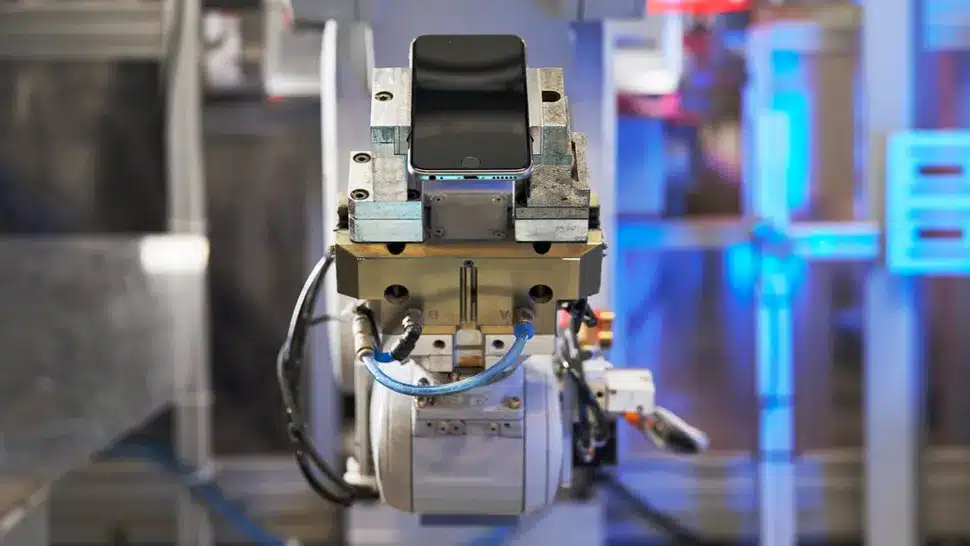Apple, a leading innovator in technology, has sparked debate with its approach to device repairability. While emphasizing design elegance and user experience, Apple has faced criticism regarding the repairability of its products. This article delves into Apple’s perspective on repairability, its impact on environmental sustainability, and the broader implications for consumers and the tech industry.
Understanding Apple’s Design Philosophy
Emphasis on Integration and Aesthetics
Apple products are renowned for their sleek design and seamless integration of hardware and software. The company prioritizes user experience, aiming to deliver devices that are intuitive, reliable, and aesthetically pleasing. This design philosophy extends to considerations of repairability, where Apple seeks to balance form with function.
Challenges of Repairability
Despite its design prowess, Apple products have been criticized for being challenging to repair. Components are often tightly integrated, and proprietary technologies, such as custom screws and adhesives, can complicate disassembly and repair processes. This approach has led to concerns about consumer choice, cost of repairs, and environmental impact.
Apple’s Environmental Commitment
Lifecycle Assessment and Sustainability Goals

Apple maintains a robust environmental responsibility strategy, focusing on reducing its carbon footprint and conserving resources throughout a product’s lifecycle. This includes using recycled materials, improving energy efficiency, and minimizing waste during manufacturing and distribution. However, the repairability of devices poses unique challenges to these sustainability efforts.
Trade-offs in Design and Repairability
Apple contends that prioritizing repairability may not always align with its environmental goals. Complex disassembly processes and the use of specialized components can increase the risk of damage during repairs, potentially leading to greater resource consumption and electronic waste. As such, Apple argues for a balanced approach that considers both repairability and environmental impact.
Consumer Perspectives and Advocacy
Advocacy for Right to Repair
Consumer advocates and repair professionals have long called for increased access to repair information, spare parts, and tools for repairing Apple devices. They argue that empowering consumers and independent repair shops can promote sustainability by extending the lifespan of products and reducing electronic waste.
Legislative and Regulatory Landscape
The debate over repairability has prompted legislative and regulatory actions in various jurisdictions. Proposed legislation seeks to enforce manufacturers’ obligations to provide repair resources and support consumer rights to repair their devices independently. These efforts aim to promote competition, consumer choice, and environmental sustainability.
Apple’s Response and Initiatives
Service and Support Programs
Recognizing the importance of device longevity and customer satisfaction, Apple has expanded its service and support programs. This includes offering AppleCare protection plans, in-store repair services, and initiatives like the Independent Repair Provider Program, which allows third-party repair shops access to genuine Apple parts and tools.
Design Innovations and Modularity
Apple continues to innovate in design and engineering to improve device durability and repairability. Recent product releases have introduced advancements such as modular components and standardized connectors, aimed at facilitating easier repairs and component replacements.
The Future of Repairability and Sustainability
Industry Trends and Innovations

The tech industry faces evolving expectations from consumers, regulators, and environmental advocates regarding product repairability and sustainability. Manufacturers are exploring innovative solutions, including modular designs, software updates to extend product lifespan, and increased transparency around repair processes.
Consumer Education and Empowerment
Educating consumers about product maintenance, repair options, and the environmental impact of electronic waste is crucial. By fostering a culture of sustainability and responsible consumption, consumers can make informed decisions that align with their values and contribute to global environmental goals.
Conclusion
Apple’s approach to device repairability reflects its commitment to delivering high-quality products while navigating complex considerations of design, functionality, and environmental impact. As debates around right to repair and sustainable practices continue, Apple’s initiatives and industry leadership will play a pivotal role in shaping the future of technology and consumer expectations.
















